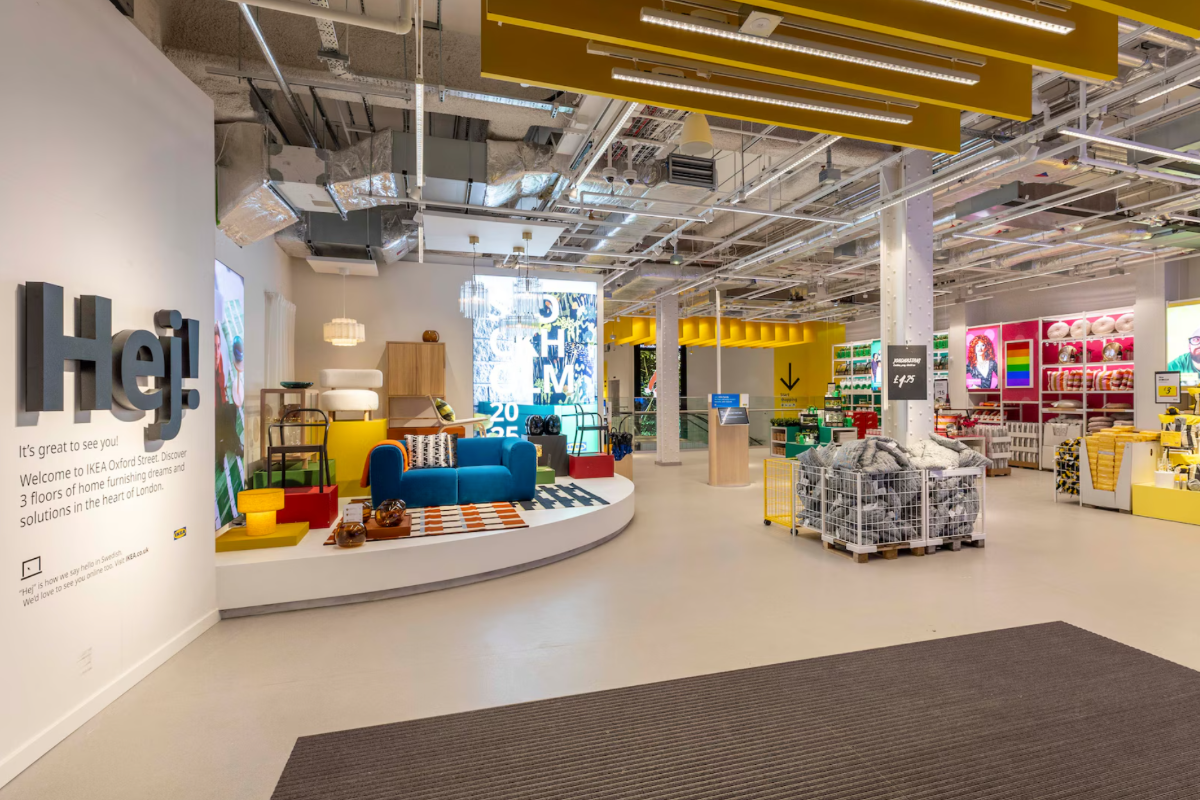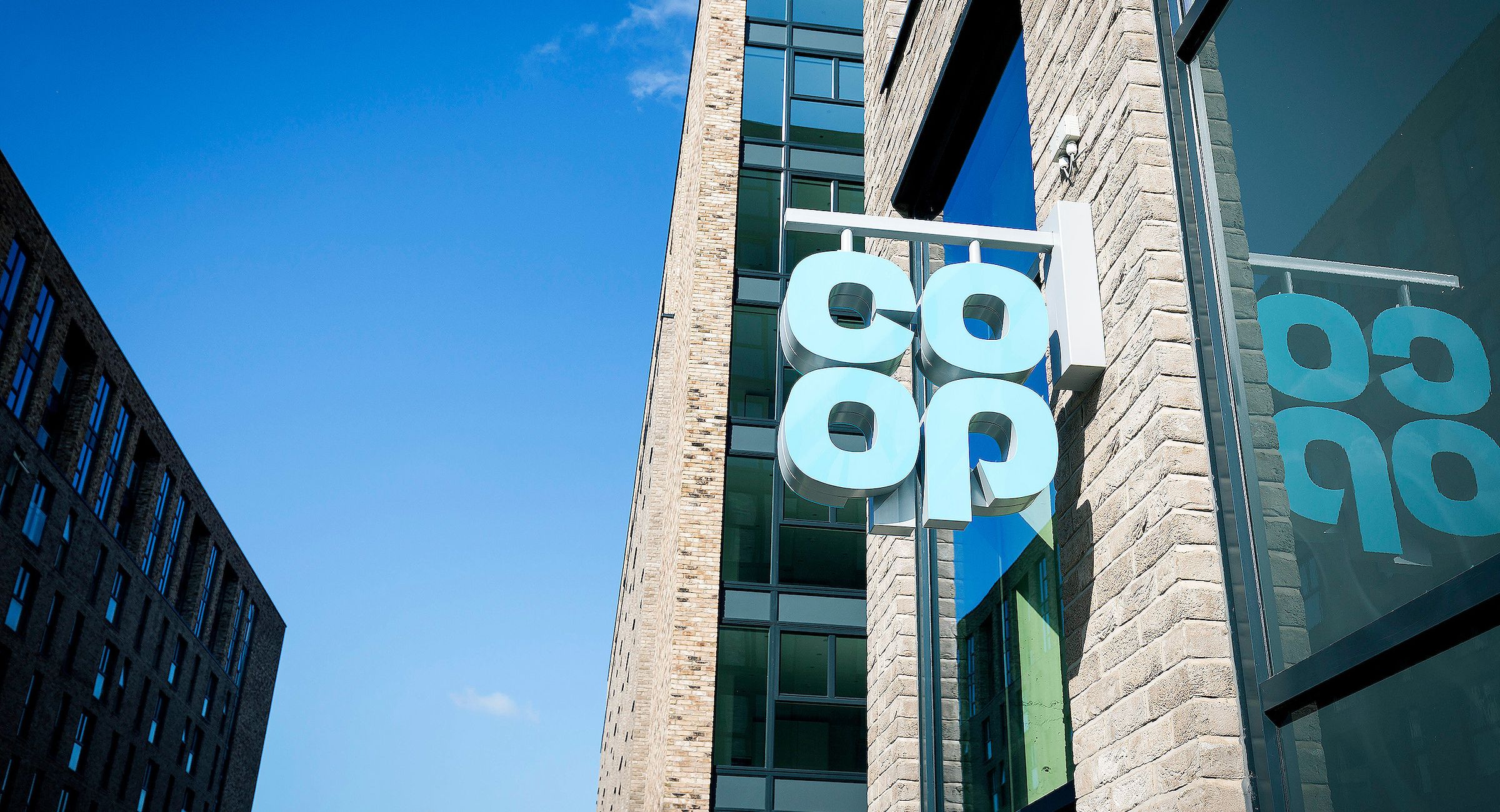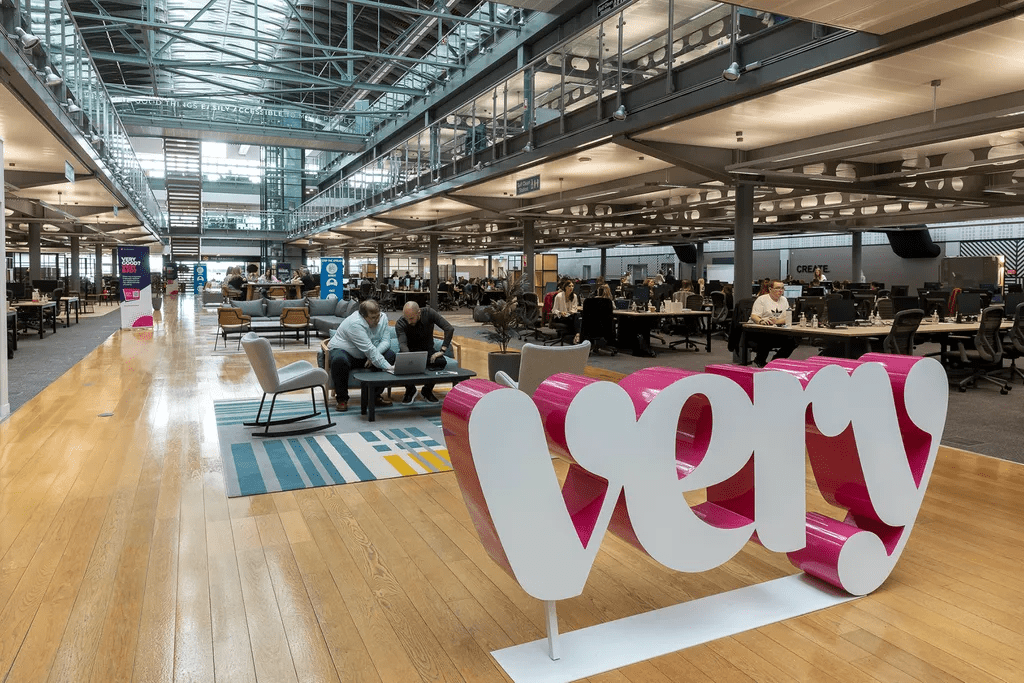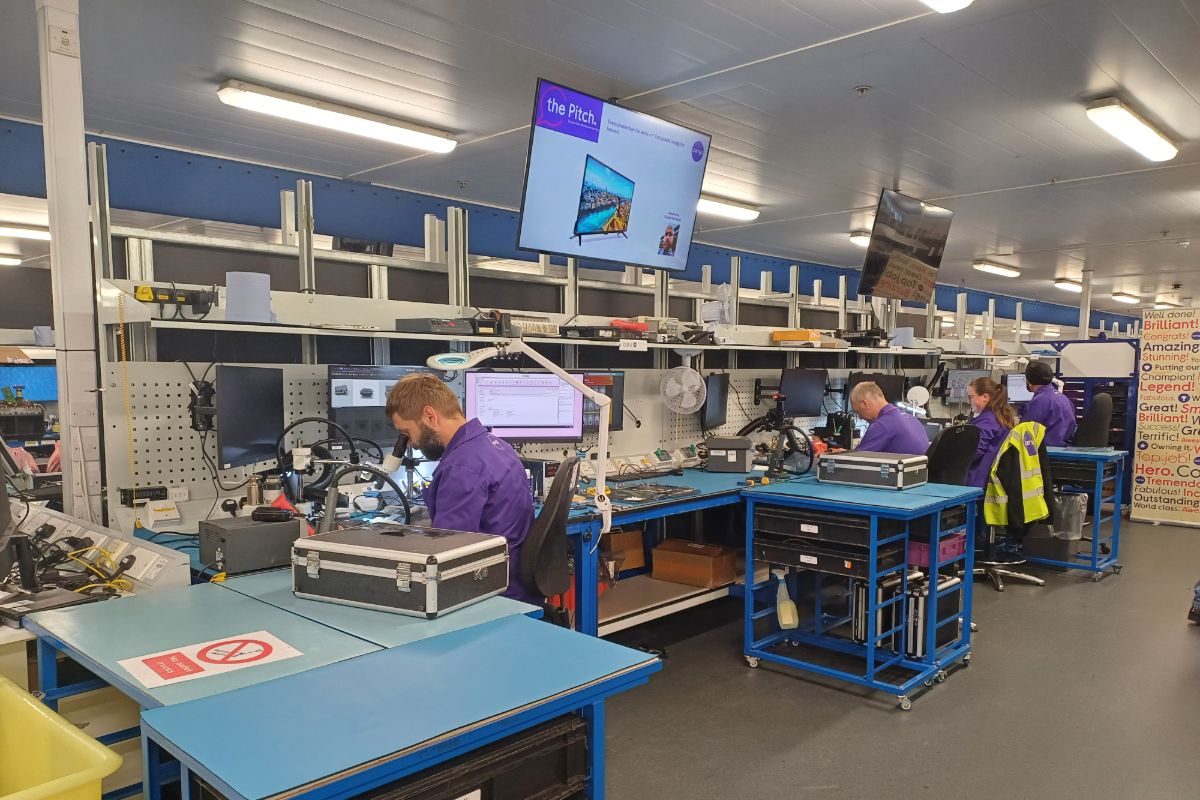What does 2018 have in store for retailers? Emma Herrod draws together insight from leading figures in the industry.
Lord Rose has predicted seismic changes to the retail landscape as the pace of change on Britain’s High Streets reaches fever pitch. The Ocado Chairman and ex-head of Marks & Spencer said the industry, at the end of 2017, is on the cusp of a revolution driven by technology, changing shopping habits and Brexit.
Speaking at the London launch of the 2018 World Retail Congress, he said businesses must adapt or die in a world where the customer is king and there is too much store space. “I think you are going to see a wave of consolidation and an upsurge in investment in digital,” he predicted. “What you are going to see in the next five years is nothing like what we’ve seen over the last five years. The rate and pace of change has been accelerating over time and it is reaching fever pitch now.”He continued: “In the old days, we bought stuff, we stuck it on the counter and basically told customers ‘that is the price: take it or leave it’. It doesn’t work like that anymore. Today, customers want what they want, when they want and it’s not what we want to charge, it’s the price they are prepared to pay. “The world has turned on its head. What we’re looking at now is revolution not evolution.”
Lord Rose added that the pace of change would accelerate as companies came to terms with the fact that there is too much retail space in Europe and the UK. For decades, retailers had boosted their performance by opening more stores and becoming increasingly efficient. As a result, the price of electronics, food and clothing had all dropped in real terms for consumers. But Rose said this model is no longer fit for purpose, so retailers will need to find radical solutions. “If you have got too much capacity and your costs are going up and your margins are going down, what do you do? There’s no price elasticity. If you are Tesco or Sainsbury’s and you reduce the price of cocoa by 10%, you’re not going to sell 10% more, or if you do, you will be nicking it from somebody else, so there’s absolutely nowhere for the industry to go,” he said. Speaking at a separate event on digital and personalisation, Sir Terry Leahy, former Tesco CEO, commented that retailers shouldn’t be distracted by the accelerating rate of change. Instead, they need to “harness new technologies to better engage with customers”.
Responding to a question on the state of the retail industry as it enters 2018, he said retailers should “be sure to focus on your customer. In the UK, the consumer will still be spending. In Europe, they will be spending more, so focus on them. Go and find them if you can outside of the UK.” He warned, though, that retailers have to “make sure you improve your own business. All of that engagement will be wasted unless the experience that the customer receives is better than the one they knew about in the past. I think that’s always been there for business to do but it’s more important than ever before.”
Sir Terry was talking at a recent event organised by EagleEye, of which he is a non-executive director. He was joined on stage by Eagle Eye CEO Tim Mason (also formerly of Tesco), who told the audience that if he was running a customer-facing business with bricks and mortar stores he would be working on “customer focus, customer data, digital awareness and creative that’s appropriate to the digital delivery, and a connection that means that you can understand what people are doing physically as well as how they are behaving digitally”.
The opportunity now is for traditional retailers to harness digital to improve their business. Digital technology, for example, has made personalisation cost effective and Sir Terry believed that’s a tremendous opportunity for retailers. “An unpersonalised, unthinking, anonymised approach will become increasingly alien to people,” added Mason. As he pointed out, more things will appear to be reflecting shoppers’ needs, their family, their birthday and so on, and if a retailer isn’t communicating with customers in the same way they’ll be seen as uncaring or as not understanding their consumers.
Talking about the Tesco Clubcard, Sir Terry explained that if you learn about individual people and what matters to them, you have something to say when you engage with them and they then listen to you. If you go on to offer them something different about your business or an experience that suits them better, you have the beginning of a loyal relationship. “Loyalty is incredibly valuable, incredibly profitable, by orders of magnitude,” he said, adding: “It is more relevant today than ever before.”
Sir Terry and Mason said they believed we’ll see a turning point in 2018, where the most enterprising traditional firms begin to view digital disruption as less of a threat and more of a boon to their business. Retail has for too long been wasting large marketing budgets on chasing the promiscuous new customer, “not knowing who they are, not knowing what they want, just wanting to drag them over the line to make this month’s numbers”. They thought that this has been very debilitating for traditional brands but harnessing new technology will be good for the industry. As to whether more businesses will disappear from the retail industry in 2018, Mason was less optimist than Sir Terry. Mason predicted that more people will go bust this year, while Sir Terry commented: “There have always been winners and losers; we just win bigger and lose bigger now.”
And what of Amazon in 2018? Sir Terry and Mason thought that even though it will get a lot bigger, maybe as an enabler of online consumption: “There is plenty of room for other businesses to grow and do amazingly well even in an environment where Alibaba, Tencent or Amazon are currently being successful.” There’s past evidence of this, witness Walmart’s growth 10 years ago, which still left space for other retailers to expand.
TRENDS FOR 2018
There’s still growth in online: Online won its highest share yet of retail sales in the Black Friday month of November 2017, driving growth for the period, while store sales fell sharply, according to the British Retail Consortium (BRC). Some 27.3% of non-food sales took place online in November, the highest proportion yet recorded by the BRC. Store sales of non-food items were down by 3% in total, and 3.7% LFL. The long-term trend is a drop in in-store sales. BRC figures show that over the past 12 months they have declined by 2.2%, the steepest fall in the five years covered by its records, which began in January 2012.
Mobile: For many retailers more than half of their online traffic comes from mobile devices. While conversion rates are lower than from desktop, the importance of mobile as a channel in its own right as well as an enabler for other channels cannot be denied. Not giving shoppers the best experience possible on mobile in today’s retailing environment is the same as keeping shop doors closed in the run up to Christmas. Paul Skeldon, InternetRetailing’s Mobile Editor, shares his thoughts on what’s ahead for mobile in 2018 in a feature in this issue.
Do it for me: Renting, subscriptions, services and auto-replenishment of regular purchases are all on the increase as consumers try to make the best use of their time. All of these areas are open for disruption by digital startups and existing retailers and service providers. A study by Accenture Strategy in June 2017 found that more than half of UK consumers would consider auto-replenishment for household goods such as detergent and nearly a third would be happy for a retailer to use their personal data to curate a regular fashion delivery. Rental over purchase for a special occasion is on the rise and using an app to book a ‘do it for me’ service such as laundry is gaining in acceptance.
Data automation will be key: Information about and from customers is key to understanding individual customers, their purchasing behaviour and how best to engage with them. Consumers want retailers to understand them and make their purchasing journey as hassle free as possible. This could be through AI-enabled marketing and merchandising, an end-to-end view of stock enabling product to be placed in the most convenient location at the right time, or a store associate able to check their iPad to see what item was in the business’s TV advert the previous evening. Without data, retailers are not able to anticipate, understand and react fully to customers’ needs.
Revolve around the customer: The customer needs to be at the heart of the retail business as the pace of change continues. Consumers also expect that heart to be on show, with engaging, trustworthy and transparent communications. Shoppers who have only known a multichannel retail industry have high expectations of joined-up retail. As pull models take over from push, retailers have to join up internal data systems and their own organisation structure not only to reflect the changing needs of customers but also to enhance the retail experience, maximise every aspect of the business and be ready for the customer’s next move.





